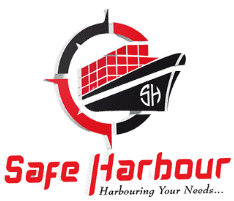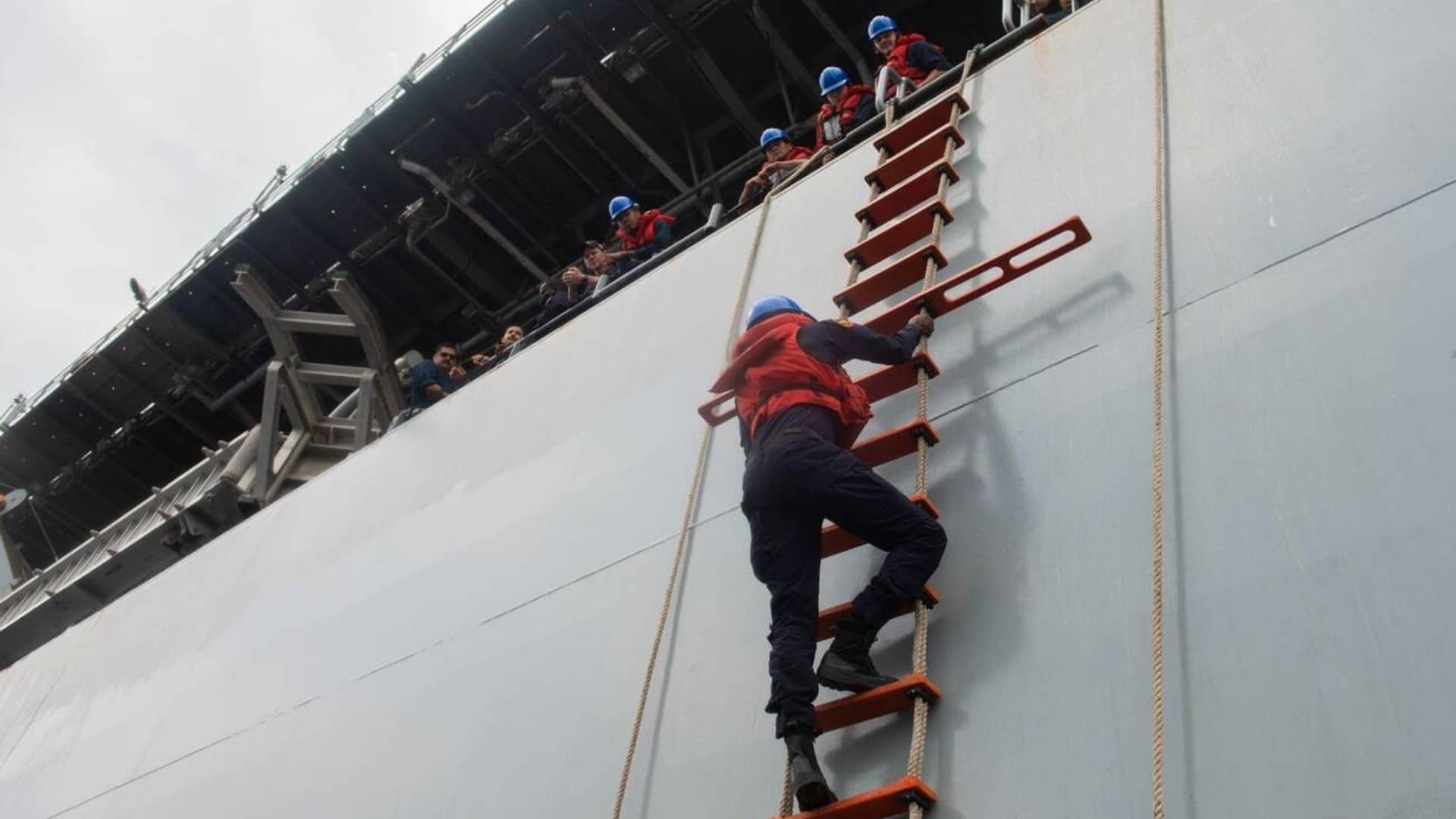Pilot ladders are an essential safety tool in the maritime industry, ensuring the safe transfer of pilots between pilot boats and vessels. The International Maritime Organization (IMO) and other regulatory bodies have established specific regulations and guidelines to govern the use of Pilot Ladders. At Safe Harbour, we understand the importance of compliance with these regulations and offer comprehensive solutions to support the safe use of pilot ladders.

Let’s explore the regulations and guidelines surrounding pilot ladders and discover how Safe Harbour can assist you.
- IMO Regulations: The IMO has developed regulations and guidelines from the International Convention for the Safety of Life at Sea (SOLAS) and the International Safety Management (ISM) Code. These regulations provide detailed requirements for constructing, maintaining, and using pilot ladders. They outline specifications for the ladder’s dimensions, materials, attachment points, and securing methods. Compliance with these regulations is crucial to ensure the safety of pilots and crew members during pilot transfers.
- Guidelines and Best Practices: Besides the regulatory requirements, various industry organizations and maritime authorities have developed policies and best practices to enhance safety during pilot ladder operations. These guidelines provide additional insights and recommendations for the correct installation, inspection, and usage of pilot ladders. They cover the proper ladder arrangement, securing methods, and regular maintenance procedures.
Safe Harbour is well-versed in the regulations and guidelines governing pilot ladder usage. Our team of experts can provide comprehensive training programs and workshops to ensure your crew members know how to handle pilot ladders properly. In addition, we can assist you in developing customized procedures and checklists based on industry best practices to enhance safety during pilot transfers.
How Can We at Safe Harbour Help?
- Compliance Assessment: Our experts can conduct compliance assessments to ensure your pilot ladders meet all the regulatory requirements and guidelines. We can identify any areas of non-compliance and provide recommendations for corrective actions
- Training and Education: Safe Harbour offers comprehensive training programs to educate crew members on the proper use and maintenance of pilot ladders. We can conduct on-site training sessions and workshops to enhance their knowledge and skills.
- Documentation and Record-Keeping: We can assist you in maintaining accurate documentation and records related to pilot ladder inspections, maintenance, and crew training. This documentation is essential for demonstrating compliance with regulations and guidelines.
- Safety Audits: Safe Harbour can audit your vessel’s pilot ladder arrangements and procedures. Our audits can identify any deficiencies or potential risks and provide recommendations for improvement.
- Consulting and Support: Our experienced consultants are available to provide expert advice and guidance on all aspects of pilot ladder usage. We can assist you in developing customized procedures, checklists, and safety management systems to ensure compliance and enhance safety.

Compliance with regulations and guidelines for pilot ladders is crucial for the safety of pilots, crew members, and vessels. At Safe Harbour, we understand the importance of adhering to these requirements and offer a comprehensive range of services to support the safe use of pilot ladders.
Therefore, we hope our blog “Regulations and Guidelines for the Use of Pilot Ladders” helped you understand the same. Call Safe Harbour today!

